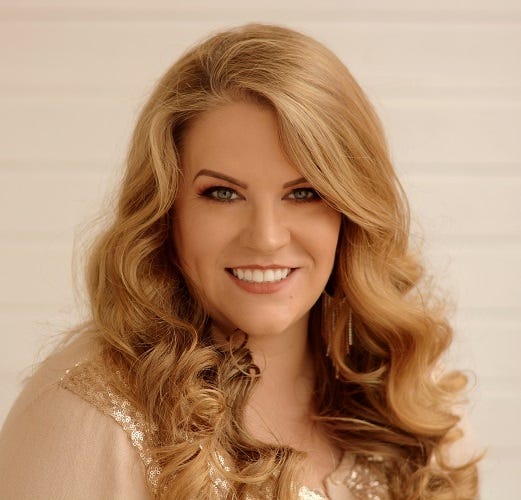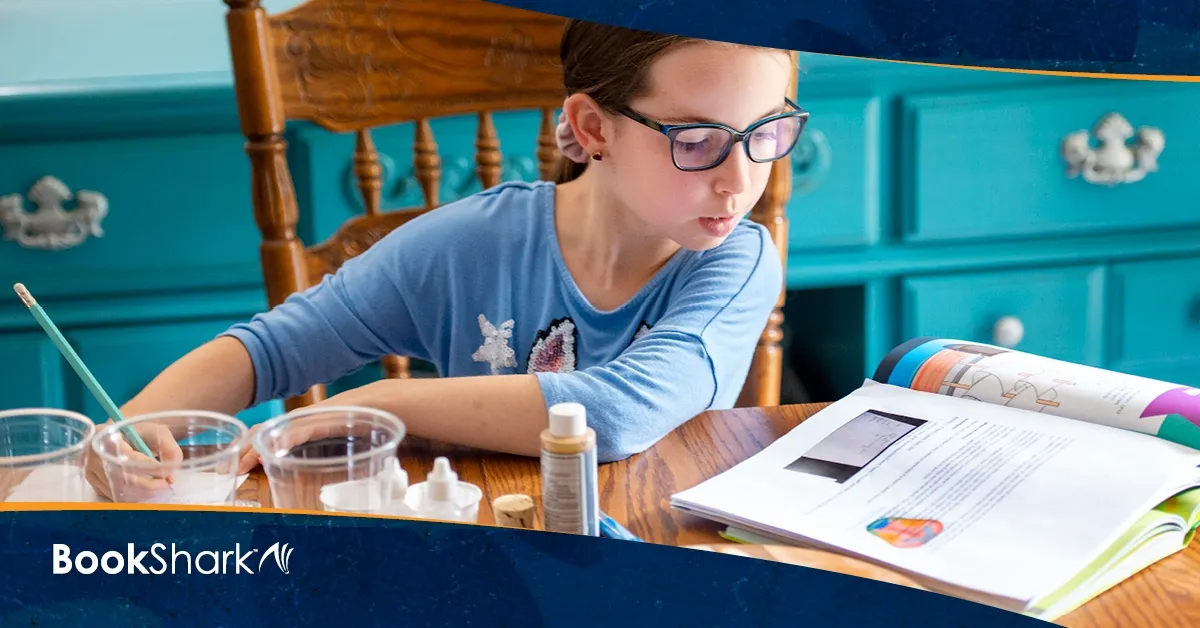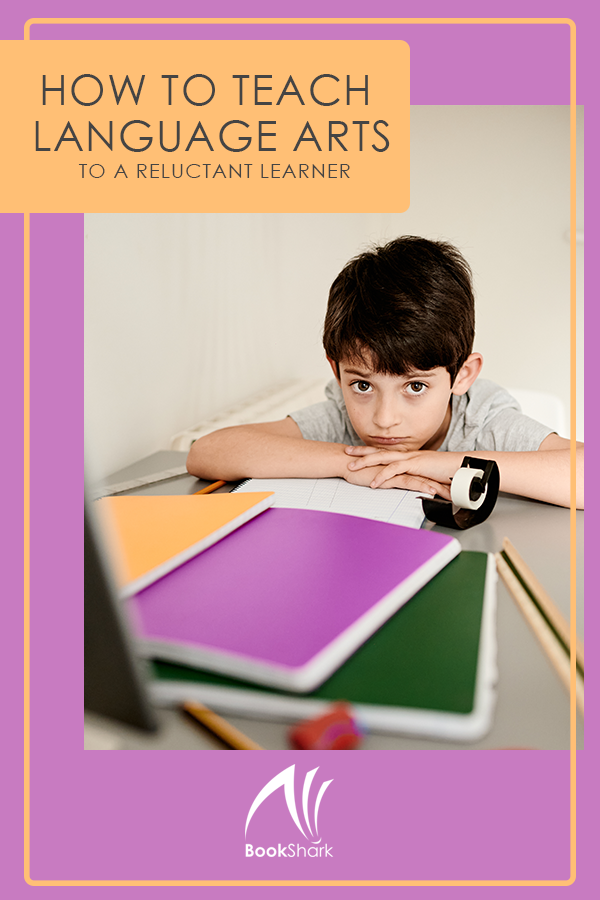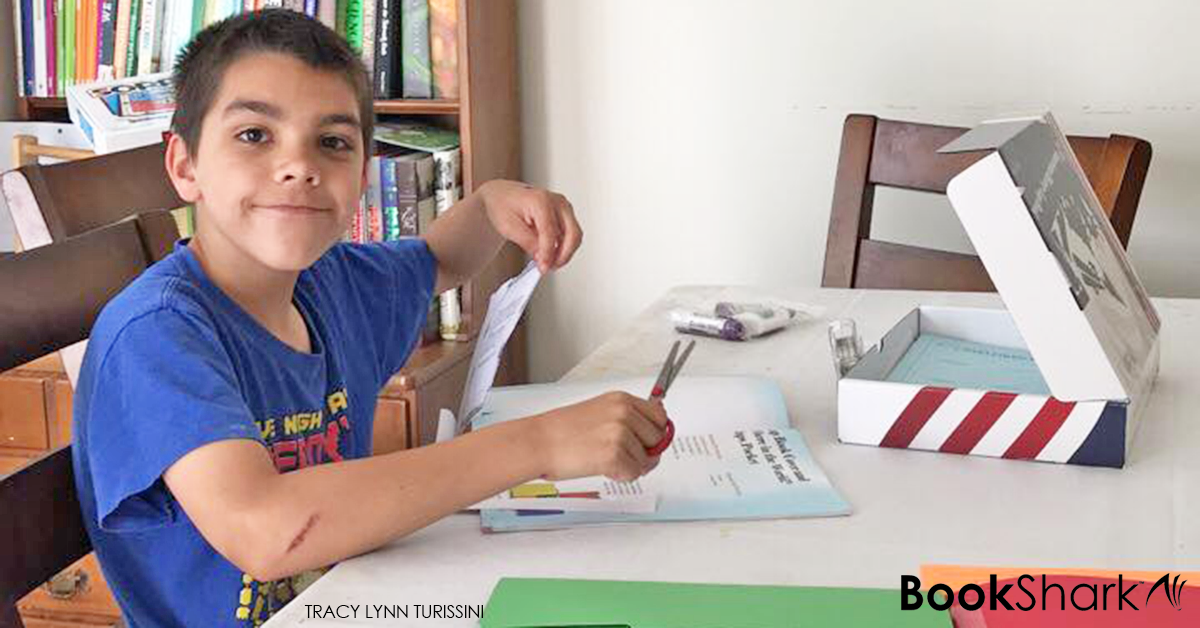Search homeschooling on just about any platform you can think of, and you’ll instantly be flooded with resources. Gorgeous wooden Waldorf toys, nature studies for preschoolers, vintage handwriting tablets, tricks that incorporate LEGO into reading. There are printables, book lists, and math manipulatives galore—so many options. You’ll find books and blogs all devoted to explaining the various homeschool philosophies, from Charlotte Mason to unschooling, classical to literature-based. There are all the checklists and planners and getting-started guides a parent could ever need, just at your fingertips, for when you decide it’s time to start homeschooling your little one.
But what about when you don’t start homeschooling until your child is a little older? What if you’re looking into homeschooling for the first time with a middle schooler? What if you are wading through preschool crafts and all the books that go to great lengths discussing the importance of a solid educational foundation while searching for upper grade resources?
If you have an older child and have only just begun to dip your toe into the primary-heavy world of homeschooling resources, is it too late?
(Spoiler alert: you’re not too late.)
Starting to Homeschool Mid-School Year
I became peripherally aware of homeschooling when my middle child was in second grade. I knew it was potentially on the horizon for us, but for the time being I was keeping it at arm’s length and trying to power through. I’d casually search Pinterest here and there, maybe look on Instagram to see how other families were doing it, but I wasn’t diving into homeschool research or devoting my nights to wording an educational mission statement. Until I was.
When the time came to pull my third grader out of public school, I found myself grasping at every resource I could find. I was a woman possessed, spending every waking hour (and far too many bedtime hours) Googling reviews, poring over forums for suggestions, gobbling up book lists and filling up my online carts. I was looking for anything I could find that would make this task seem less daunting. And there was a lot to be found in the lane of encouraging homeschool moms… of preschoolers.
It seemed that most websites and blogs and Instagram accounts were operating under the assumption that all homeschoolers started out as homeschoolers, and most of the encouragements and recommendations I was finding were geared towards the parent of the very young child.
- Pep talks for parents teaching their kids to read.
- Magical speeches about creating a lifestyle of learning from very young ages.
- Passionate calls to allow children to learn through play.
References to foundations and habits were everywhere, but I had a child who had already passed all of these milestones. My child could already read, already do math, already had an idea of what learning was and very much needed to “do school,” not just play.
Was I too late? Had a foundation already been laid by someone else’s hands, with someone else’s philosophies? Could I jump in and take over the reins, or was I going to have to break something down in order to build something else entirely up?
A little of all of it, honestly.

Picking Up Where They Left Off
Yes, my son could read. We didn’t need to spend hours working on phonics together for him to develop a love of language. We just needed to find books we enjoyed reading together.
Yes, my son could already do math. We didn’t need to point out patterns in nature or count the legs of a caterpillar for him to appreciate what numbers were. We just needed to find a math curriculum we liked.
Yes, my son could write. We didn’t need to create sensory-friendly bins for him to practice letters and penmanship in order for him to communicate well. We just needed to find writing prompts that excited him.
Part of transitioning into homeschool from a previous educational setting did involve a bit of a relay, figuring out where the school had left off and running ahead from there.
Part of choosing to homeschool after a few years in a traditional institution did require the breaking down of some habits or expectations that had been instilled.

You’re Not Playing Education Catch-Up
The transition period allowed me to develop a homeschool philosophy that included both of us. Instead of declaring ourselves to be devout followers of this method or that, I was able to work with my son to discover how and what he wanted to learn.
Did I miss a window in his development by having someone else teach him for the first few years? Absolutely not! I was still his mother during those years, after all, and my influence was strong back then, too. He wasn’t some totally different child that had been built by strangers that I now needed to re-program, he was my kid all along, and homeschooling was just giving us more time together.
Had I been homeschooling him all along, I may have directed us down a path that wasn’t one he would have responded to as well. Had I labored over an educational mission statement when he was four, he may never have had the opportunity to tell me when he was 8 that he loved history and wanted to learn more than he could have in public school. If he didn’t know what he’d been missing, he couldn’t have known what he wanted from home education.
You’re Getting a Homeschool Head Start
When you start homeschooling an older child, you’re not scrambling to build a new foundation, you’re given the unique opportunity to work where you know the cracks are. Rather than fretting over choosing a methodology to apply to an unknown future, you have the advantage of molding a method to fit your child as you know them to be.
So is it too late to begin homeschooling an older child—a child who can already read, already write, already has habits formed and ideas sprouted?
Well, mama, you’re still learning. It’s never too late to start, and it’s almost an advantage to have waited.
So go ahead and take the leap. You may not have use for those beautiful play silks or the vintage school desks, but you’ve got a great kid who you already know, and that is the best tool of all.

About the Author
Jennifer Vail proudly lives in the great state of Texas with her very handsome husband and three very funny children. All three kids are educated in three very different ways according to their very different needs, which is exhausting but fulfilling. Jen’s hobbies include naps, 90’s pop culture, Netflix binges, buying books with the best of intentions to read them all, photography, and extroverting. She holds a degree in counseling but has found her calling by writing for and spending time with families of differently-wired, outlier kids—the square pegs of the round world.
She stays up way too late and drinks way too much caffeine, but has no intention of changing either. She is the community manager and contributing author at Raising Lifelong Learners where she writes about homeschooling gifted, anxious, and otherwise different kiddos, but also rambles at This Undeserved Life from time to time. She feels compelled to mention that she still very much loves the Backstreet Boys and rarely folds her laundry.













